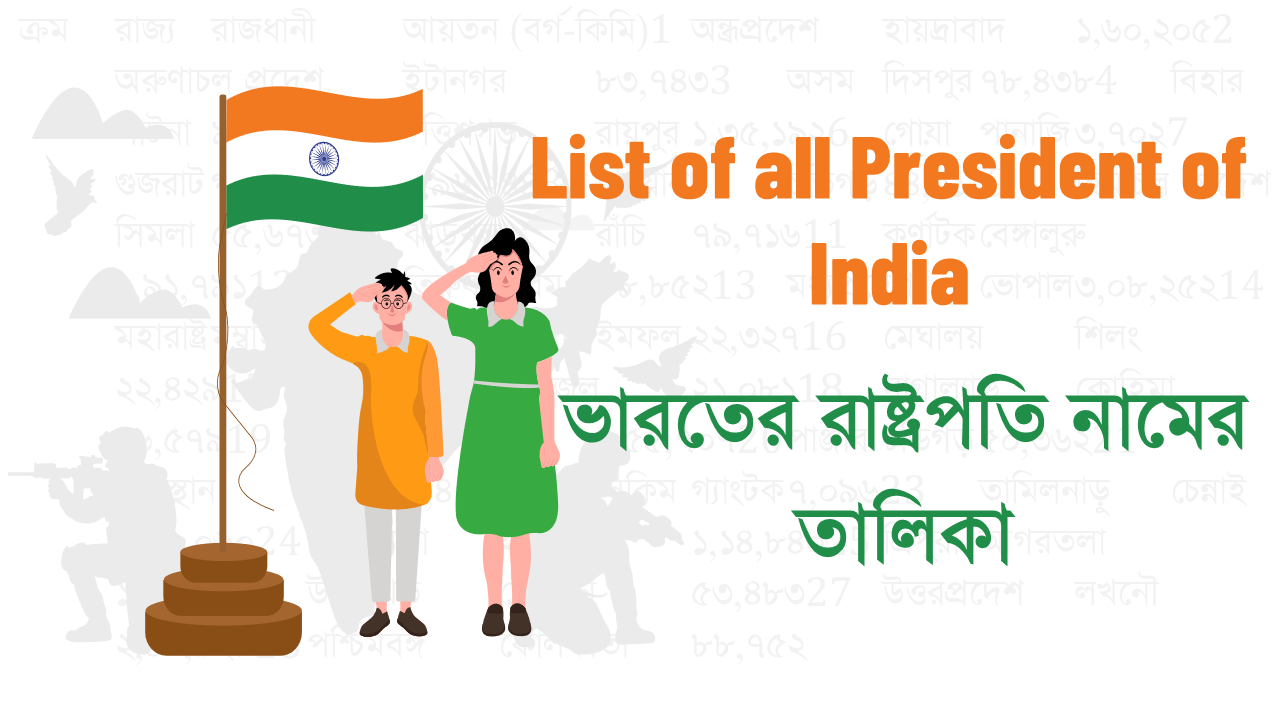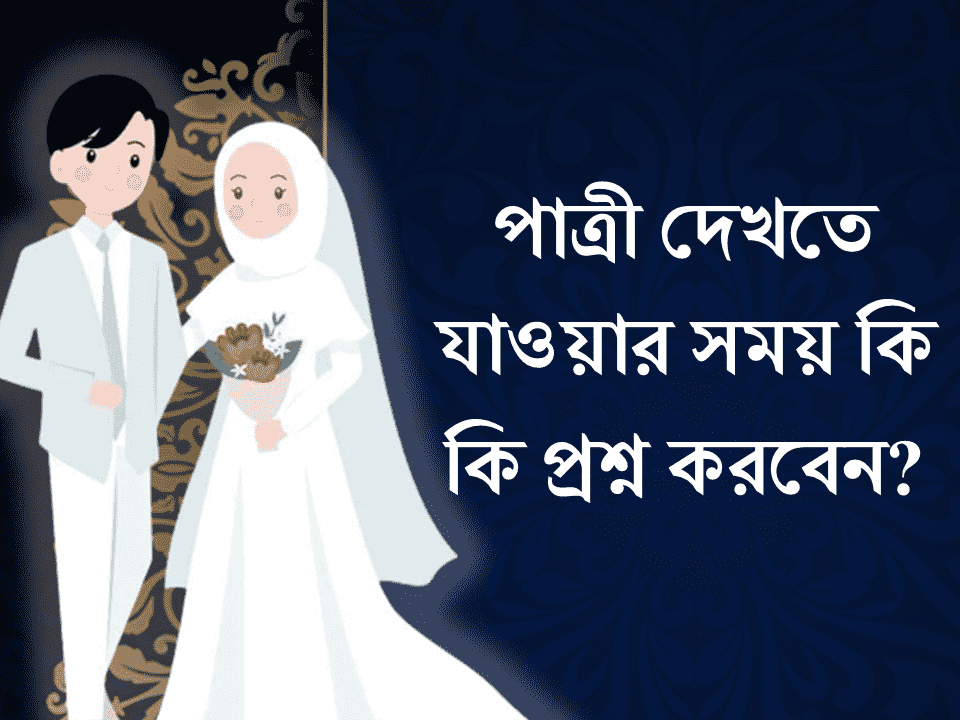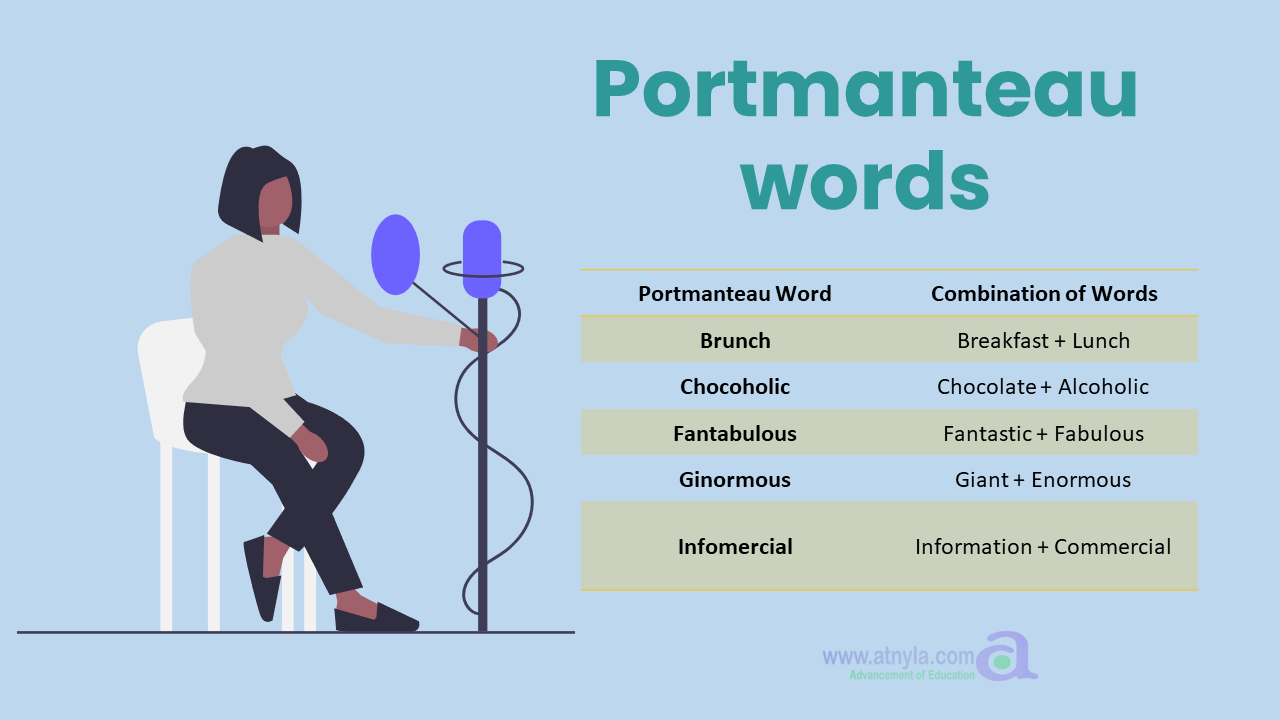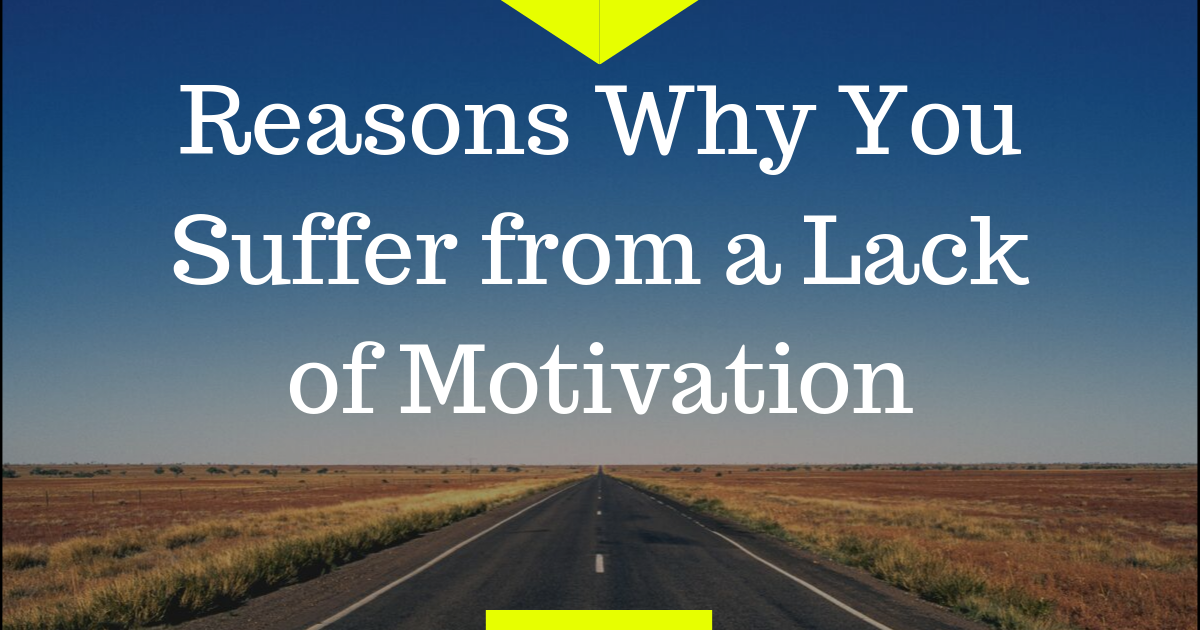West Bengal
At A Glance
Located in Eastern India, the fourth most populous state in the country is widely considered the Melting pot of Cultures. Bordered by five different states, its capital Kolkata is often termed as the cultural capital of India. West Bengal offers a unique flavour to the richness of India with its synthesis of various languages, religions, customs, traditions, cuisines and lifestyle. Bound by the grandeur of the Himalayan ranges in the north and sweetened by the sea in the south, Bengal has everything a state needs to flourish.
Nestled in a cosy cluster in the North, one of the most magnificent hill stations in the world, Darjeeling is often dubbed as the Queen of the Hills. Renowned for its tea plantations, Darjeeling tea is one of the most sought after in the world. Down south, Bengal boasts an extremely rich flora and fauna. With its broad network of rivers and geographical features, West Bengal is celebrated for having the largest mangrove forest in the world in the Sunderbans. Declared a UNESCO World Heritage site, the Sunderbans is universally acclaimed for housing globally endangered species such as the Royal Bengal Tiger. Apart from possessing some of the finest hill stations, Bengal also offers some of the best beach front locations. Places like Digha and Mandarmani are perfect getaways which offer pristine beaches and accommodation for every traveller.
The Multiracial and Multilingual amalgamation of cultures can be felt at hotspots like Kolkata, the prime city in the state of West Bengal. Once the capital of British India, Kolkata is a blend of Western and Indian culture. Home to a plethora of historical sites, it houses Hindu temples, mosques, churches, as well as British monuments like the Victoria Memorial. The people of different caste, race and colour all live in perfect harmony, celebrating festivals like Id, Christmas and the Pujas in equal fervour and enjoying cuisines of different kinds.
After India gained independence from the British, Bengal played the most important role in emerging renaissance in the field of social, cultural, political and educational reforms. Reformers like Raja Ram Mohan Roy, Swami Vivekananda, Rabindranath Tagore and Netaji Subhas Chandra Bose were at the forefront of the freedom movement.
West Bengal has also been a home to world famous figures like Mother Teresa who is described as a metaphor for selfless devotion and holiness by the Vatican. Satyajit Ray, the first academy award winner in India and winner of 32 National Film awards, changed the face of cinema around the globe. Rabindranath Tagore who won the Noble prize in 1913 and showcased Bengali Literature to the world.
West Bengal Fact File
| Country | India |
| Capital | Kolkata |
| Established | 1 November, 1956 |
| Largest Metro | Kolkata |
| Location | Latitude 27°13'15"N to 21°25'24"N Latitude 85°48'20"E to 89°53'04"E |
| Neighbouring Countries | Bangladesh, Nepal and Bhutan |
| Area Total | 88,752Km2 (34,267 sq mi) |
| Area Rank | 14th |
POPULATION
| Male | 46,809,027 |
| Female | 44,467,088 |
| Sex Ratio | 947 |
| Rank | 4th |
| Urban % | 31.87 |
| Rural % | 68.13 |
| Density | 1,000/km2 (2,700/sq mi) |
| Growth | 13.84% |
| Highest Density | Kolkata (24,306) |
| % of total | 1,01,12,599 |
| Boys | 51,87,264 |
| Girls | 49,25,335 |
| Sex Ratio | 950 |
LITERACY
| Literate (Total) | 6,15,38,281 |
| Male | 3,38,18,810 |
| Female | 2,77,19,471 |
| Literacy Rate | 77.08% |
| Male | 82.67% |
| Female | 71.16% |
GEOGRAPHICAL REGIONS
| The Himalayas in the North Bay of Bengal in the South Broad regions are the Himalayan Region, Teral Region, Rarh Region, Western Plateau and Highlands Ganges Delta in the South having Sundarban Mangrove Forest Coastal Area Climate 1) Dry Summer 2) Monsoon 3) Autumn 4) Winter Rainfall Average normal rainfall is 1830 mm,for the State, 2486 mm in Sub-Himalayan West Bengal and 1502 mm in Gangetic Region |
LANDFORMS
|
|
| Highest peak : Sandakfu (3,636 m or 11,929ft) | |
| Notified area : Coopers's Camp and Taherpur |
MAIN AGRICULTURAL CROPS
| Boro, Jute, Maize, Wheat, Potato, Mustard, Rice, Jute, Pulses, Sugarcane, Oil-seeds, Cardamom, Ginger, Cinchona, Joar, Maskalai, Gram, Musur, Khesari, Sugarcane,Til, Mung,Ground, Nut, Vegetables and Tea |
FOREST
| Forest : 11,879 SQ. KM. (13.38%) Forest Trees - Sundari, Pussur, Rhododendron, Camelia, Magnolia,Goran, Gewa, Keora, Kusum, Hetal, Hogla, Bamboo,Sal, Teak, Mahogany, Shirish, Arjun,Mulberry, Tall grass, Shimul, Palash, Mahua, Jarul, Gamar, Garian, Chaplash, Toon, Pine |




































